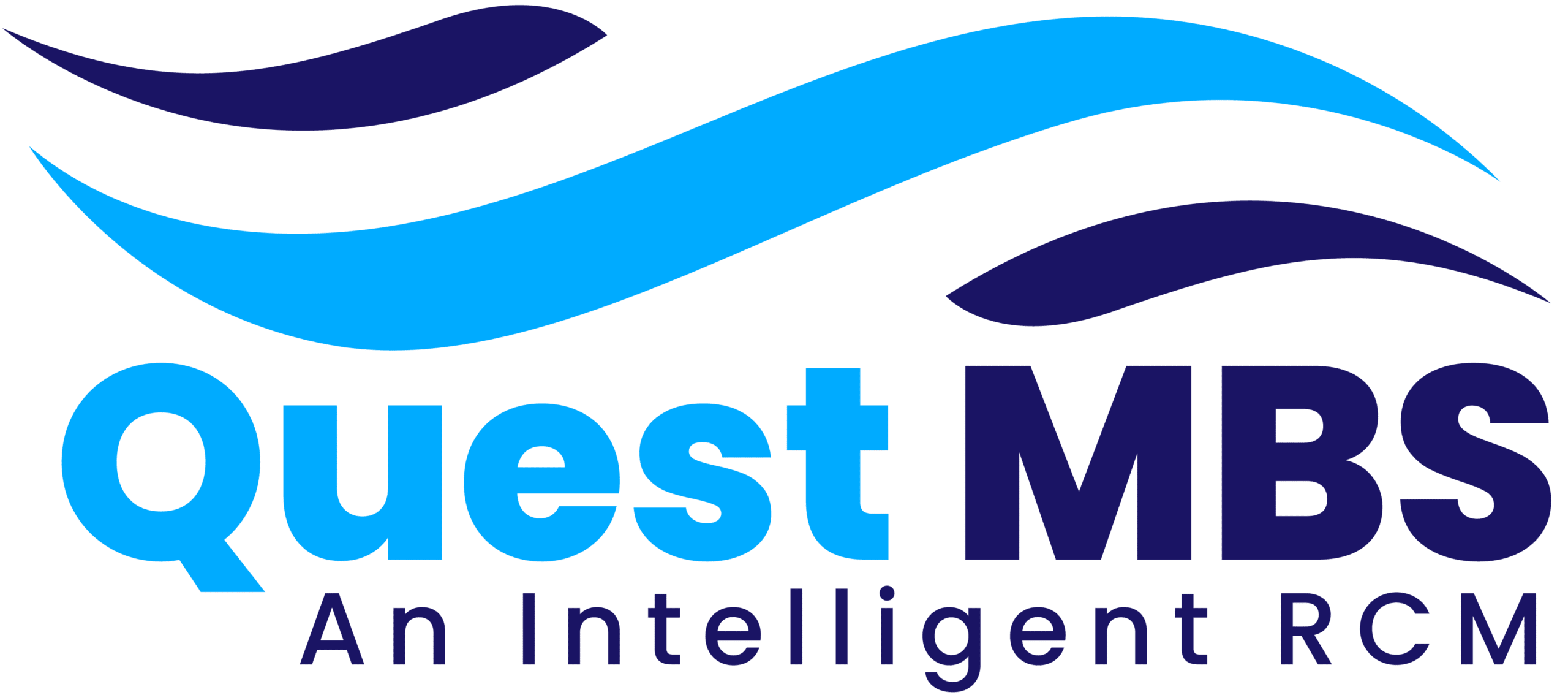Introduction
The healthcare industry is growing rapidly, and medical billing has become an essential service for healthcare providers. With the increasing complexity of insurance claims, coding requirements, and reimbursement policies, many doctors, clinics, and hospitals prefer outsourcing their billing needs to professionals.
Starting a medical billing business from home can be a profitable venture, offering flexibility and steady income. If you have experience in medical billing, coding, or healthcare administration, this business can be a great opportunity. Even if you’re new to the field, proper training and certification can help you build a successful business.
This guide will walk you through the step-by-step process of starting a home-based medical billing business, covering essential aspects such as training, licensing, marketing, and client acquisition.
Step 1: Understand Medical Billing and Industry Requirements
Before starting your business, you need a solid understanding of medical billing, coding, and insurance claim processing.
What Does a Medical Biller Do?
A medical biller:
✔ Prepares and submits insurance claims
✔ Follows up on denied or rejected claims
✔ Ensures healthcare providers get paid for services rendered
✔ Manages patient billing and collections
Do You Need Certification?
While certification is not legally required, having a recognized credential increases credibility and client trust. Consider obtaining:
- Certified Professional Biller (CPB) – from AAPC
- Certified Medical Reimbursement Specialist (CMRS) – from AMBA
Skills You Need to Succeed
✔ Knowledge of insurance policies, CPT codes, and ICD-10 coding
✔ Attention to detail and accuracy
✔ Strong communication and problem-solving skills
✔ Basic accounting and financial management knowledge
Step 2: Get Proper Training and Certification
If you’re new to medical billing, consider enrolling in medical billing courses before starting your business.
Where to Get Training?
✔ Online Courses: AAPC, AHIMA, and AMBA offer comprehensive medical billing training.
✔ Community Colleges: Many local colleges offer certificate programs.
✔ Self-Study: Books and online resources can help you learn at your own pace.
Investing in training and certification ensures you provide professional and reliable services to healthcare providers.
Step 3: Create a Business Plan
A solid business plan outlines your goals, services, pricing, and marketing strategy.
Key Elements of Your Business Plan
✔ Business Name & Structure – Choose a name and decide if you’ll operate as a sole proprietorship, LLC, or corporation.
✔ Target Market – Identify whether you’ll serve small clinics, specialty doctors, or hospitals.
✔ Services Offered – Will you provide full-service medical billing or focus on specific tasks (e.g., insurance claims, collections, or coding)?
✔ Pricing Structure – Decide between a flat fee per claim, percentage-based fee, or hourly rate.
✔ Startup Costs & Budget – Estimate costs for software, licensing, marketing, and training.
Having a well-defined business plan helps you stay organized and increases your chances of success.
Step 4: Register Your Business and Obtain Licenses
1. Choose a Business Name
Pick a professional and unique name for your medical billing company.
2. Register Your Business
✔ Register your business with your state or local government.
✔ Choose a business structure (Sole Proprietorship, LLC, or Corporation).
3. Obtain an EIN (Employer Identification Number)
Apply for an EIN from the IRS if you plan to hire employees or establish a business bank account.
4. Get a Business License
Some states require a business license or home occupation permit to run a home-based business.
5. Set Up a Business Bank Account
A separate business account keeps your finances organized and ensures professional transactions.
Step 5: Invest in Medical Billing Software and Tools
To manage billing efficiently, invest in reliable medical billing software that supports claim processing, payment tracking, and reporting.
Best Medical Billing Software for Small Businesses
✔ Kareo – User-friendly and ideal for small practices.
✔ AdvancedMD – Comprehensive billing features.
✔ DrChrono – Best for integration with EHR systems.
✔ ClaimTek – Good for startups with training support.
Other Essential Tools
✔ HIPAA-Compliant Email & Communication Tools – Ensures secure patient data handling.
✔ Billing Clearinghouse Services – Like Availity, Office Ally, or Change Healthcare for claim submission and tracking.
✔ Accounting Software – QuickBooks or FreshBooks for managing finances.
Investing in the right technology improves efficiency and ensures compliance with healthcare regulations.
Step 6: Market Your Medical Billing Business
To attract clients, you need a strong marketing strategy.
1. Create a Professional Website
A website showcases your services, expertise, and contact details. Make sure to include:
✔ A detailed service list
✔ Testimonials or case studies
✔ Contact form for inquiries
2. Network with Healthcare Providers
✔ Attend medical conferences, seminars, and networking events.
✔ Connect with local doctors, clinics, and healthcare organizations.
✔ Partner with independent medical practices that need billing support.
3. Use Social Media and Online Marketing
✔ Promote your business on LinkedIn, Facebook, and healthcare forums.
✔ Join medical billing Facebook groups to engage with professionals.
✔ Run Google Ads or Facebook Ads targeting local medical professionals.
4. Offer Free Consultations
✔ Contact healthcare providers and offer a free consultation.
✔ Explain how your billing services can reduce their administrative burden.
5. Register on Business Directories
✔ List your business on Google My Business, Yelp, and healthcare directories.
Step 7: Find and Secure Clients
1. Cold Calling and Email Outreach
✔ Research local healthcare providers and send personalized emails offering your services.
✔ Call clinics to introduce your business and set up meetings.
2. Offer Discounts for First Clients
✔ Attract initial clients with a discounted first month of services.
✔ Provide referral incentives for doctors who recommend your services.
3. Join Professional Associations
✔ Become a member of AAPC, HBMA (Healthcare Billing & Management Association), or AMBA.
✔ Networking with healthcare professionals increases business opportunities.
Step 8: Ensure Compliance with HIPAA and Industry Standards
As a medical biller, you handle confidential patient information and must comply with HIPAA regulations.
✔ Use HIPAA-compliant billing software.
✔ Implement secure data storage and encryption.
✔ Train yourself on healthcare privacy laws to avoid legal issues.
Following strict security guidelines ensures trust with clients and protects patient data.
Step 9: Manage Finances and Scale Your Business
✔ Track income, expenses, and taxes using accounting software.
✔ Hire additional billers or virtual assistants as your client base grows.
✔ Expand into specialized billing services (dental, chiropractic, or mental health billing).
As your business grows, you can increase pricing, hire employees, and expand services to maximize profits.
Conclusion
Starting a home-based medical billing business can be a lucrative and flexible career. With the right training, certification, business setup, and marketing strategy, you can build a successful business that helps healthcare providers manage their revenue cycle efficiently.
By ensuring compliance with HIPAA regulations, using advanced billing software, and maintaining excellent client relationships, your medical billing business can thrive in the healthcare industry.
Now is the perfect time to start your journey in medical billing entrepreneurship! 🚀







